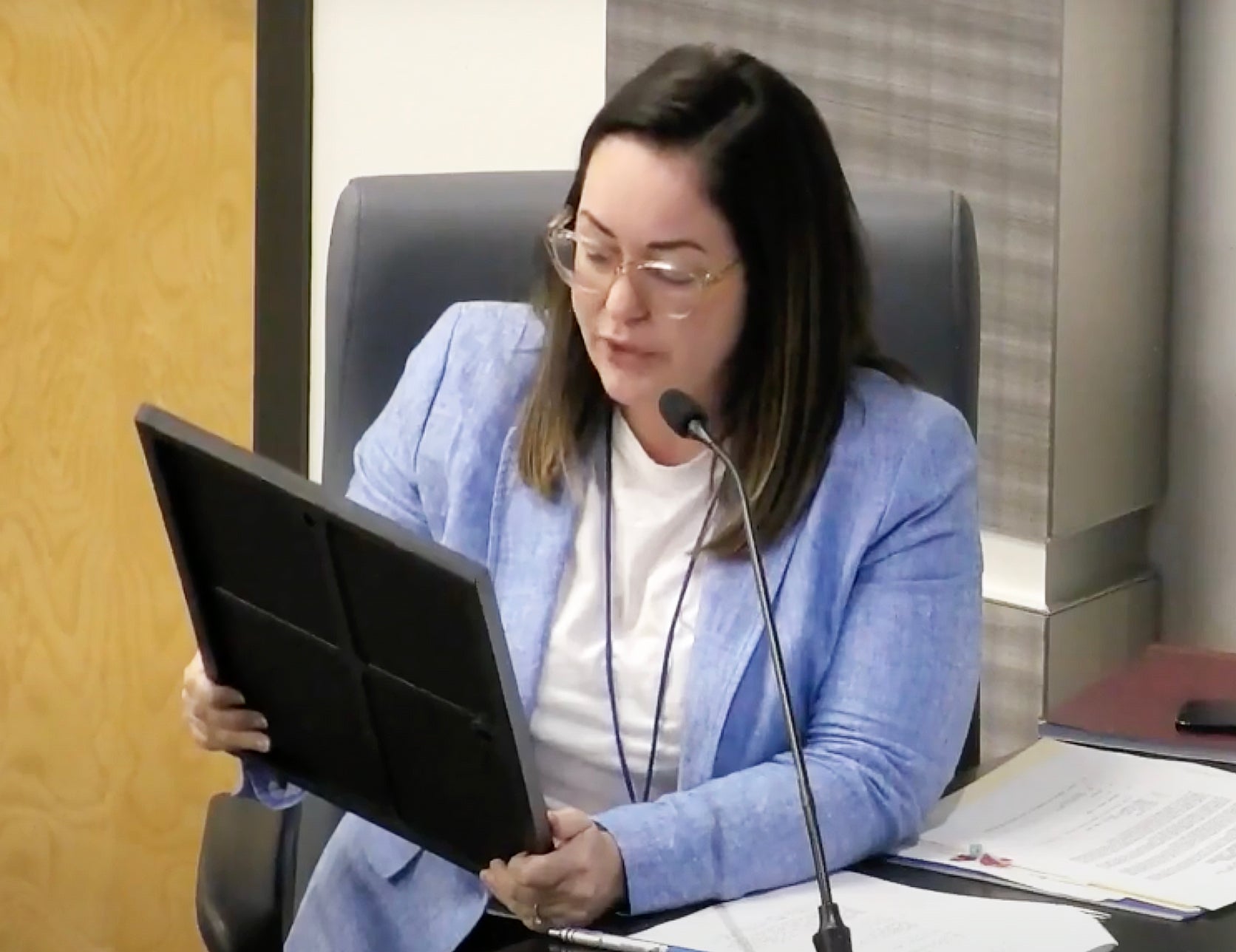Corps of Engineers gives reason behind Isaac flooding
Published 12:00 am Saturday, November 17, 2012
By David Vitrano
L’Observateur
LAPLACE – Following the flooding that inundated LaPlace and other areas of St. John the Baptist Parish when Hurricane Isaac crawled ashore at the end of August, many wondered if the unprecedented flooding was caused in part by improvements in the hurricane protection system around New Orleans made after Hurricane Katrina. The Army Corps of Engineers came to LaPlace Thursday evening to assuage those fears.
At a crowded meeting at the St. John Community Center, representatives from the corps spoke about the possible effects the New Orleans protection upgrades might have had on the region while explaining other factors that played a major role in the flooding from Isaac.
If there was one message to take away from the meeting, it was, in the words of Col. Edward Fleming, “Every storm is different.”
He said after Katrina the corps built a sophisticated model to simulate hurricane impacts throughout the region, and while 152 variations were run through the model, none presented exactly the same unique set of circumstances that produced the catastrophic flooding during Hurricane Isaac.
He also said that after Isaac, the corps ran that particular storm through the simulator, both with and without the hurricane protection improvements in New Orleans, and found the flooding would have been much the same had those improvements never been made. The only real difference the corps found was that Isaac would have produced some flooding in the New Orleans area, but flood levels in St. John Parish would have differed by an inch or less. He went on to explain that the surge from Isaac was below the elevation of the pre-Katrina system, so the improvements made little impact.
So if the New Orleans-area improvements did not play much of a role, why did St. John Parish see the flooding it did? David Ramirez of corps tried to explain.
He said that in attempting to uncover the reason behind the flooding, the corps noticed something strange about the peak water levels in the major bodies of water that contributed to local flooding. With a chart, he showed that while the water levels in Lakes Borgne and Pontchartrain rose and fell relatively quickly, the water levels at Pass Manchac and in the Hope Canal fell much more slowly. In fact, those two areas did not even reach their peak levels until long after Isaac made landfall. The extraordinarily slow speed of Isaac — hurricane force winds were present in the area for 45 hours — along with the drenching rain that accompanied it played a large part in local flooding. As the storm move northwest and the rainfall drained into Lake Maurepas, the sustained winds would not allow it to drain through Pass Manchac and eventually into the Gulf of Mexico. Instead it overflowed into the surrounding communities in St. John and St. James parishes.
“This is what we believe happened,” said Ramirez, who through a series of slides showed the differences between Isaac and other recent storms that helped produce local flooding.
The last person to present Thursday evening was Jeff Varisco, the project manager for the area’s flood protection planning. He showed the audience a couple of different plans in the works for protecting the area from flooding — one that mainly focused on the western shore of Lake Pontchartrain and another that proposed a levee running north of Interstate 10 all the way to Ascension Parish. He noted that if the corps decides to go with the option that provides less protection to St. James Parish, other methods of protecting that area will be explored.
He said the current plan is to reach a decision in the spring and begin the design phase of the project in 2014.
Fleming, however, showed the audience what hurdles might stand in the way of building the protection system, and as it does so often, money may be the major factor in determining how quickly the area gets hurricane protection.
“Just because I think something might be a great project, I can’t just go do it,” said Fleming. “I can’t take money from a levee in Lafourche Parish to build a levee in St. John Parish.”
He continued, “Since 1971, this project has not been in any presidential budget.”
Since then, he said, the corps has relied on congressional acts, also known as earmarks, to obtain funding for these projects.
“Earmarks became a bad word,” he said. “We will probably run out of money in December or January for this project. But we’re working on some creative ways to move money around.”
Still, he admitted levee protection — even with congressional earmarks — is likely five to 10 years away.
An open-ended question-and-answer session followed the presentation, but many in the audience had already seen enough.
“I though they did an extremely good job of explaining what happened,” said LaPlace resident Leonard Church. “It answered a lot of questions. That’s just the way it happened. They should have put levees up 10 years ago.”
The complete Post-Hurricane Isaac Assessment Report can be downloaded at www. mvn.usace.army.mil.






